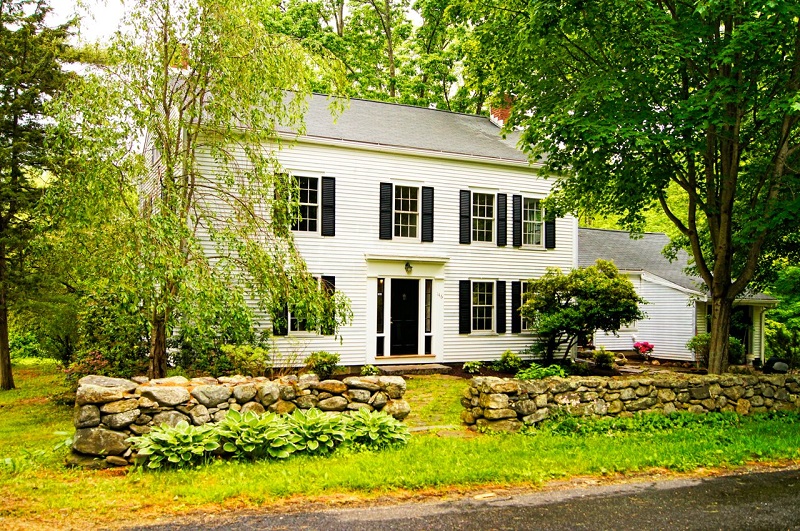

By Moses Riley | Wed, January 15, 20
My grandparents used to live in an 1821 Connecticut farmhouse. The property was beautiful – original wood floors and beams, nine acres of yard, a horse shed, big garden, small creek, and towering maple and oak trees. We always considered spending the holiday season there, but never did; mold, mildew, and rot that had grown throughout the structure triggered allergic reactions and severely limited our ability to stay overnight.
As a child, I always attributed the mold to a lack of maintenance/cleaning (my grandfather once won an award from the local newspaper for the “messiest desk,” which he framed). It only recently occurred to me that the issues in that house may have stemmed from structural deficiencies.
Building Codes: A Building’s Backbone
I didn’t know much about building codes before working for NEEP. If you don’t work in the energy or building industries, you might not know much – if anything – about them. In my (and many others’) defense, interacting with buildings is usually as simple as flipping light switches, igniting a pilot light, or opening a window. What does any of this have to do with codes?
Well, how we interact with different buildings is fairly consistent, but how we experience different buildings varies. And though some of this can be attributed to poor maintenance, much of it can be attributed to the building codes under which a building was constructed. Building codes (fire, plumbing, energy, etc.) are sets of prescriptive and performance requirements and referenced standards that influence the design, materials, and methods used in construction to ensure buildings are safe, durable, and comfortable. Since they influence all structural components, our experience of a given building relies heavily on the local building codes with which it must comply.
Energy Codes as Life Safety Codes
Energy codes are a regularly-updated type of building code. Think of them as equivalents to fire or plumbing codes, but focused on how a structure consumes energy rather than where to put emergency exits or drains. Energy codes constrain the baseline energy use for a building, saving building owners money on utility bills and reducing carbon emissions. But one primary benefit of energy codes receives little attention: life safety. Energy codes not only lower the energy use, carbon emissions, and utility costs of buildings – they also improve occupant health, safety, and comfort.
Energy codes have a huge influence on how we experience buildings. In requiring a high-performance “building envelope” – the parts of a building that separate the indoor environment from the outdoors – energy codes do more than make buildings more efficient and environmentally friendly; they make them safer. The enhanced building envelope increases resilience against extreme weather events like prolonged rainfall, winter storms, or heat waves. This allows occupants to shelter in their homes comfortably for longer. An enhanced energy-performance building envelope also limits unwanted moisture, suppressing the growth of mold or mildew harmful to occupant health and the building’s structural integrity. The energy code also requires standardized ventilation, heating/cooling systems, and insulation levels, shielding occupants from harmful outdoor pollutants while eliminating drafts and cold spots. Energy codes don’t just reduce energy consumption; more than any other building code, they dictate your experience of a building.

My grandparent’s farmhouse was built before any building code existed. When they moved to a 21st-century house, the allergic reactions stopped. But as I mentioned, it only recently occurred to me that the issues in my grandparents’ farmhouse were not entirely their doing. Even with proper maintenance, their house was destined to grow mold and mildew given its permeable envelope, dirt floor basement, high surrounding water table, inferior to no insulation in the walls and attic, and the complete lack of a ventilation system.
Energy codes don’t just conserve energy and reduce carbon emissions – energy codes improve occupant health and safety. My grandparents’ new 21st century home follows modern energy codes that address ventilation, insulation, and more parameters that control the indoor environment and keep occupants healthy. With help from energy codes, we can now spend holidays in Connecticut.
